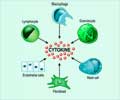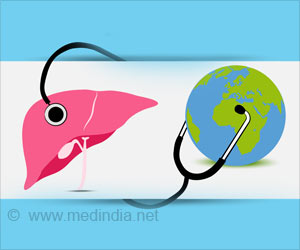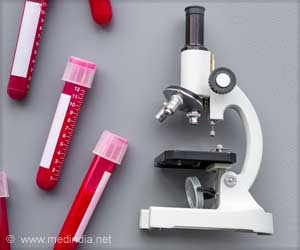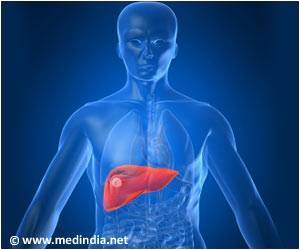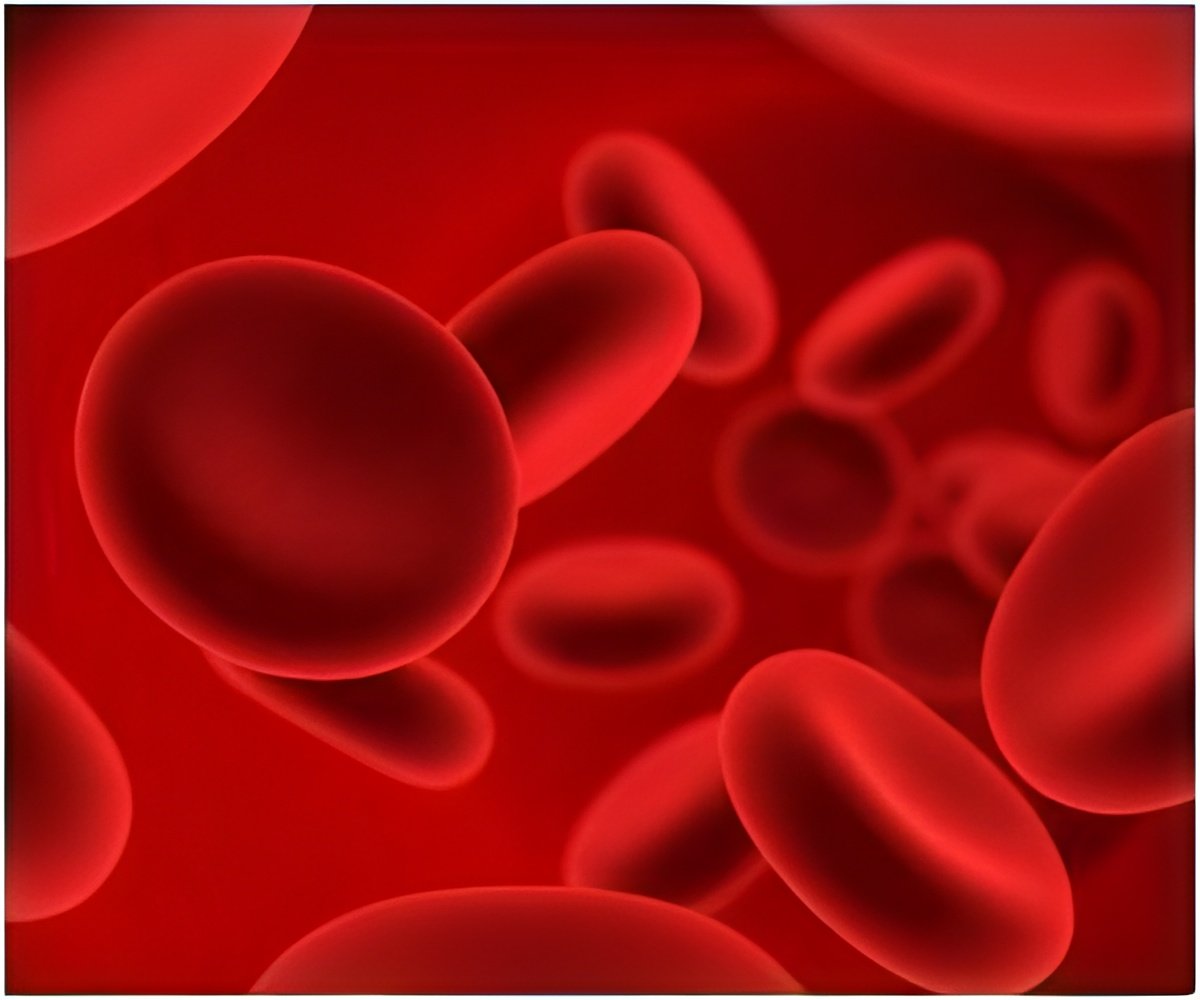
The receptor called Dectin-1 detects fungi and instructs white blood cells whether to expend the energy needed to devour the invading pathogens.
In early stages of infection, white blood cells patrol the body looking for invading pathogens. Dectin-1, a receptor on the surface of white blood cells, recognizes specific components of fungal cell walls, and alerts or "switches on" the immune cells to prepare to fight the infection.
The study helps explain how immune cells determine when pathogens are directly in contact with their surface and thus pose a significantly greater risk, demanding rapid destruction, the researchers said.
The findings were recently published in the journal Nature.
Source-ANI




